Manjula Pothos Care: Your Guide to Gorgeous, Wavy Leaves
Over my years working with houseplants—both in big commercial nurseries and helping folks one-on-one—I’ve seen plenty of plant fads come and go. But some plants just have that special something. They’re both stunning and surprisingly tough, and they stick around for a reason. The Manjula Pothos is definitely one of those plants.
In this article
- Why The Leaves Look The Way They Do (and Why It Matters)
- Let’s Talk About a Key Difference…
- The Perfect Soil Mix: Don’t Skip This!
- Lighting: Finding That Sweet Spot
- How to Water (and Not Kill Your Plant)
- Pots, Repotting, and Giving Roots Some Space
- Keeping it Tropical: Humidity & Temperature
- Feeding Your Plant (But Not Too Much)
- Pruning for a Fuller Look
- Troubleshooting Common Issues
- A Quick Word on Pests
- Heads Up: A Necessary Safety Warning
- Galerie d’inspiration
I still remember the first time I saw a whole tray of them. I was instantly hooked. The leaves weren’t like a normal pothos. Each one was a little work of art, with huge patches of creamy white swirling into mint and deep green. And the best part? The edges of the leaves have this unique, charming wave to them that you just don’t see on other varieties.
This plant isn’t an accident of nature; it was carefully cultivated for these exact traits. My first job with them wasn’t just to admire them, but to figure out how to keep hundreds healthy for sale. That meant really getting to know what makes them tick. This guide is all of that hard-won knowledge, boiled down to help you get your Manjula not just to survive, but to look absolutely amazing.
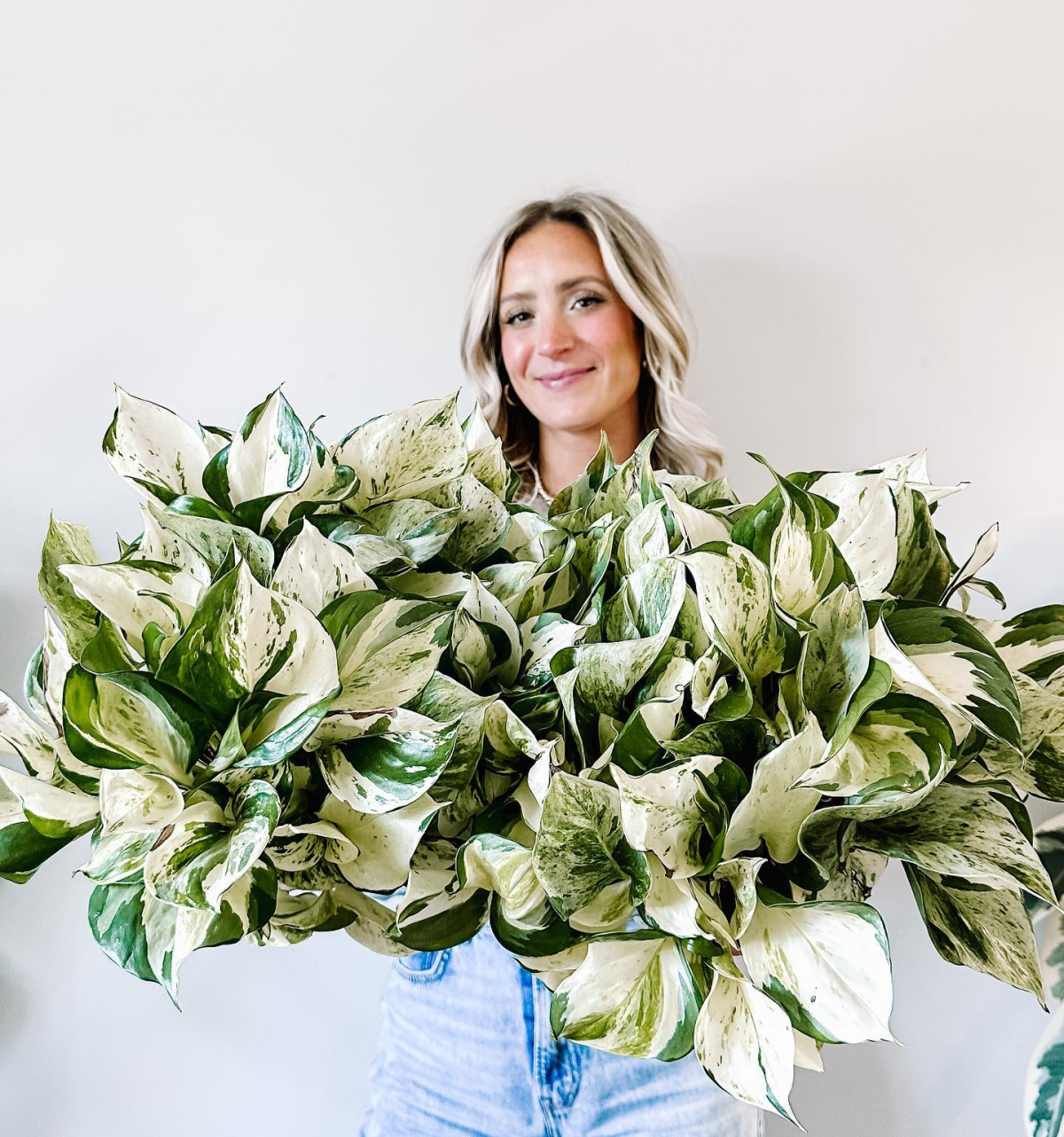
By the way, if you’re looking to buy one, check your local nurseries or online marketplaces like Etsy. A healthy 4-inch pot will usually run you between $15 and $30. It’s a bit of an investment, but for a plant this gorgeous, it’s worth every penny.
Why The Leaves Look The Way They Do (and Why It Matters)
To really nail the care for a Manjula, it helps to know what’s going on with those beautiful leaves. See all those white and cream-colored sections? They’re stunning, but they contain almost no chlorophyll. Chlorophyll is the green stuff that lets plants turn sunlight into food. So, the white parts of the leaf are basically freeloaders—they look pretty but don’t produce any energy.
This means the green sections have to work overtime to feed the whole plant. And that’s exactly why light is so critical. A standard, all-green pothos can hang out in a dim corner because its entire leaf is a powerhouse solar panel. But a Manjula, with its big, non-productive white areas, needs much brighter light to make the same amount of energy. If you stick it in a dark spot, the plant’s survival instincts kick in and it’ll start putting out new leaves with way more green. This is called reversion. The plant will be healthier, sure, but you’ll lose that signature look you bought it for.
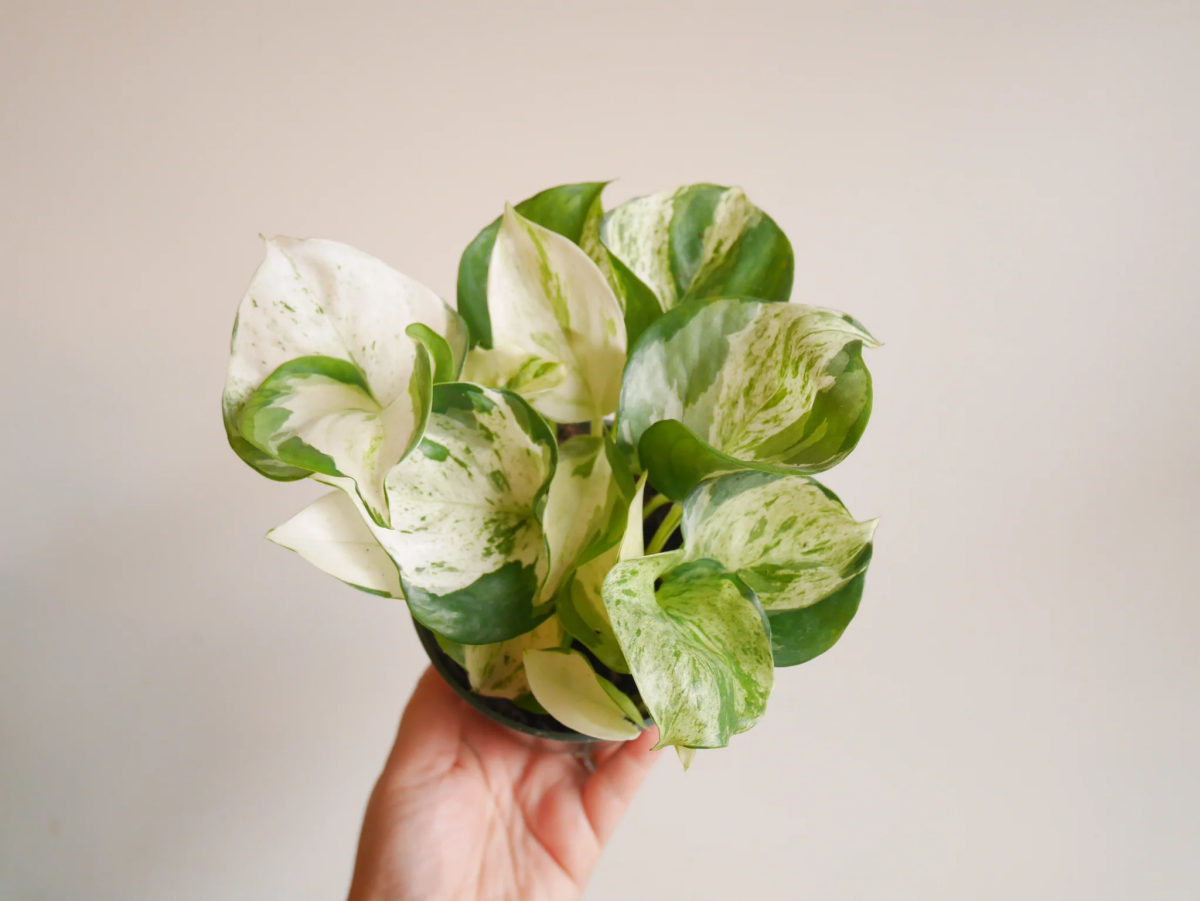
Oh yeah, and those white parts are also more delicate. They’re the first to get brown and crispy from low humidity, wonky watering, or too much sun. Understanding this is step one to becoming a Manjula pro.
Let’s Talk About a Key Difference…
It helps to know how a Manjula stands out from its popular cousins. A Marble Queen Pothos, for instance, has a more speckled or freckled pattern of variegation across the whole leaf. A Pearls and Jade Pothos typically has smaller leaves with more defined splotches of green, cream, and a silvery-green shade. The Manjula is really known for its large, blocky patches of white and, of course, those uniquely wavy leaf edges. This blocky variegation is a big reason why it’s a bit more demanding about its lighting.
The Perfect Soil Mix: Don’t Skip This!
You hear “well-draining soil” for pretty much every houseplant, but for a Manjula, it’s not a suggestion—it’s a command. Their roots are fine and super prone to root rot if they sit in dense, soggy soil. I’ll never forget a client who brought me a sad, drooping Manjula planted in one of those “moisture-retaining” potting soils. It sounds helpful, but for these plants, it’s a death sentence! We switched to an airy mix, and it bounced right back in a few weeks.
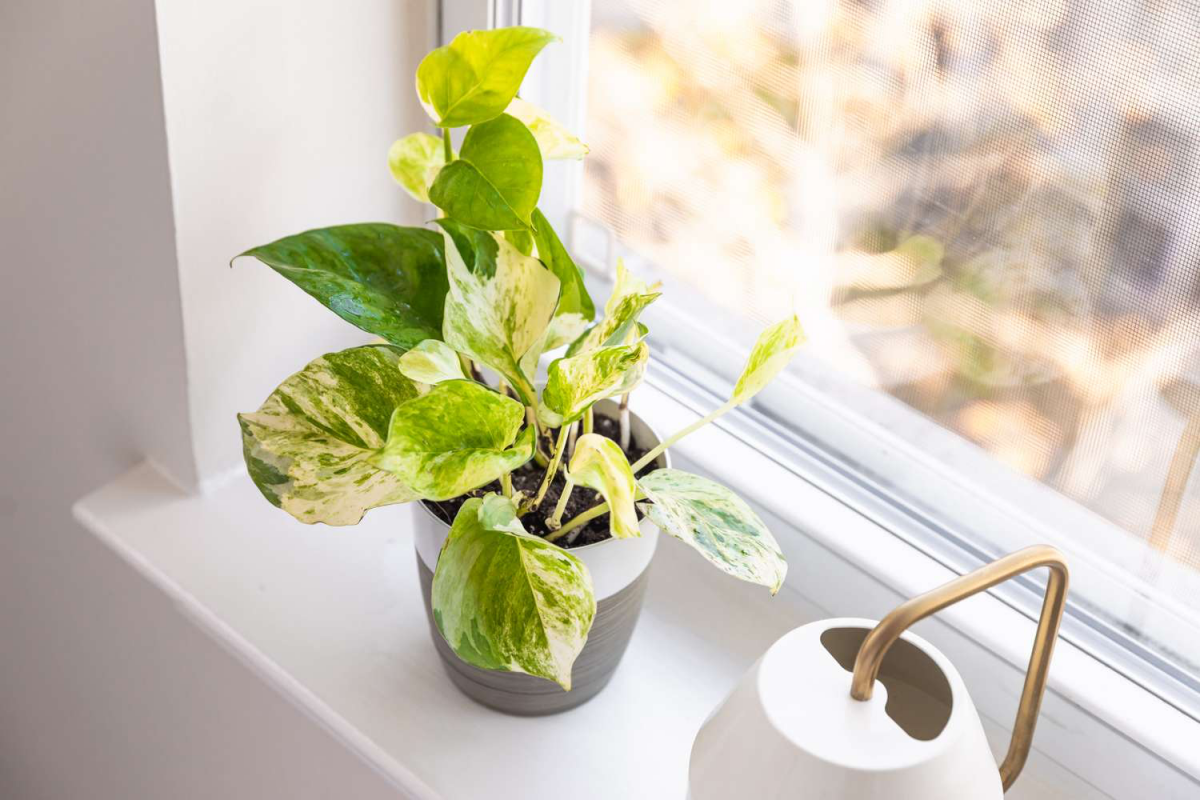
After tons of experimenting, I’ve landed on a go-to recipe that works like a charm. It provides the perfect balance of moisture, drainage, and airflow for the roots.
My Go-To Airy Soil Recipe:
- 1 part high-quality indoor potting mix: This is your base for nutrients and structure. Please, don’t use soil from your garden!
- 1 part coarse perlite: Those little white rocky bits create air pockets, which lets roots breathe and prevents the soil from turning into a brick.
- 1 part orchid bark: This adds chunkiness to the mix, holding a bit of moisture without getting waterlogged and breaking down slowly for long-term aeration.
Good to know: You can get all this at a garden center or a big box store like Lowe’s. A bag of quality potting mix (think FoxFarm or Black Gold) will be about $10-$15. Perlite is usually pretty cheap, around $5-$10, and a bag of orchid bark will run you about $8-$15. It’s a small up-front cost for a mix that will keep your plant thriving.

Lighting: Finding That Sweet Spot
Like we talked about, light is everything for keeping that beautiful white-and-green color. Manjula Pothos needs a lot of bright, indirect light. I know, that’s the most confusing phrase in the plant world. So what does it actually mean?
- The Best Spots: A spot a few feet away from an east-facing window is the gold standard. It gets that gentle morning sun that won’t scorch the leaves. A bright north-facing window is also a fantastic option, giving you consistent, gentle light all day.
- Be Careful With: South or west-facing windows can be too much. The intense afternoon sun will literally burn the white parts of the leaves, leaving ugly brown scorch marks. If that’s all you’ve got, pull the plant several feet back from the window or hang a sheer curtain to diffuse the light.
Here’s a quick trick: At the brightest time of day, hold your hand about a foot over where you want the plant to go. If your shadow on the wall is soft and fuzzy, the light is probably perfect. If it’s a sharp, dark shadow, it’s too direct. No shadow at all? Probably too dark, and you risk the leaves turning all green.
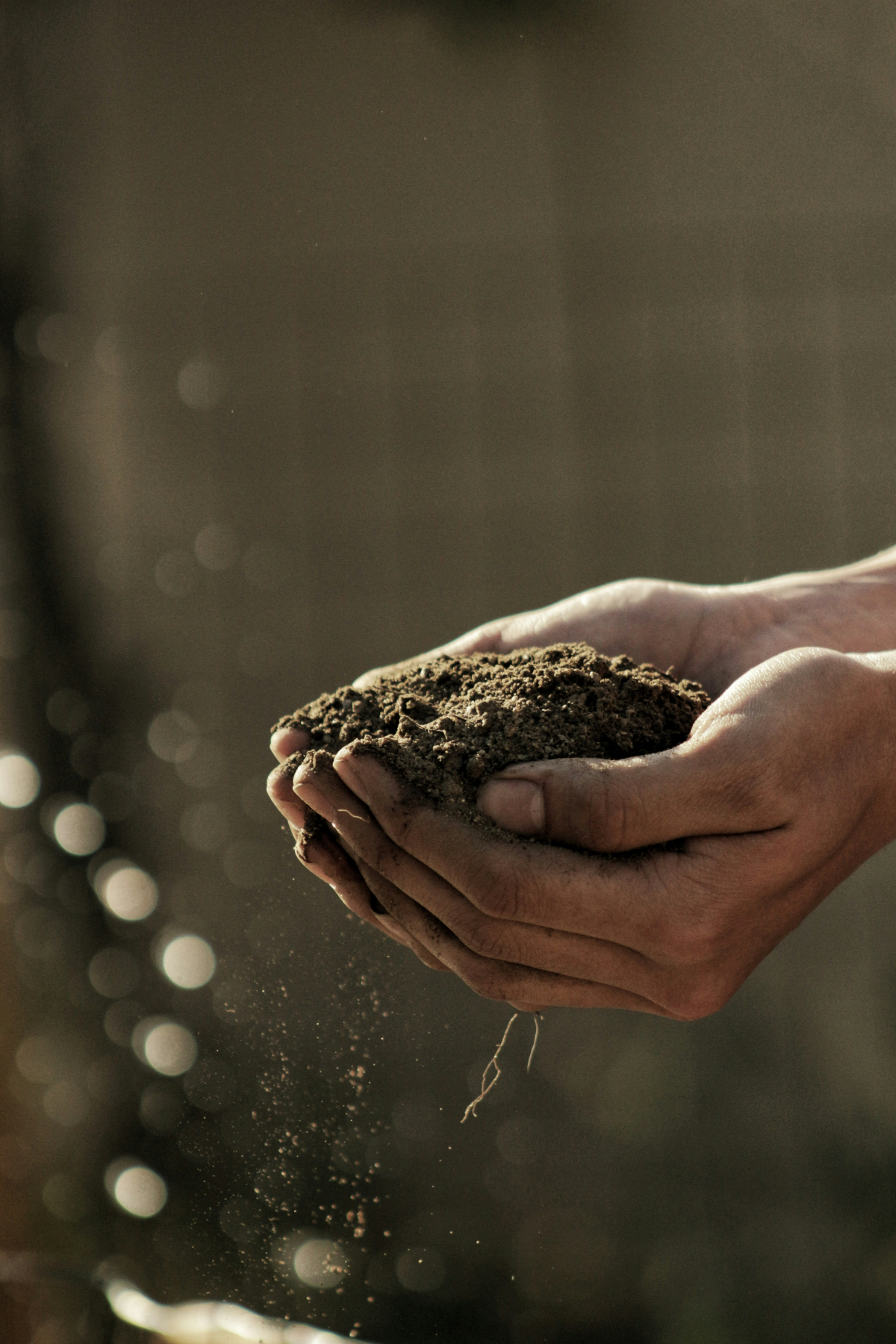
How to Water (and Not Kill Your Plant)
Honestly, overwatering is the #1 killer of pothos. The trick is to let the soil dry out quite a bit between waterings. Don’t just water every Saturday because it’s Saturday. Your plant’s needs change with the seasons and the light it’s getting.
The most reliable way to check is with your finger. Shove your index finger about two inches into the soil. If you feel any moisture at all, walk away. If it feels dusty-dry, it’s time to water.
When you do water, do it properly. I like to alternate between two methods:
- The Full Flush (Top Watering): Take the plant to the sink and give it a thorough drink until water pours out the drainage holes. Let it sit for 15 minutes to drain completely. This is great because it also flushes out any mineral salts from your tap water. Just NEVER let the pot sit in the saucer of runoff water. That’s a fast track to root rot.
- The Deep Soak (Bottom Watering): Put the pot in a bowl or saucer with a few inches of water. Let the plant soak it up from the bottom for about 20-30 minutes, or until the top of the soil feels slightly damp. This is a fantastic way to ensure even moisture and discourage fungus gnats.
Your 5-Minute Task This Week: Go check on your Manjula. But don’t water it! Just stick your finger deep into the soil. Get a real feel for how long it takes to dry out in your home. You might be surprised!
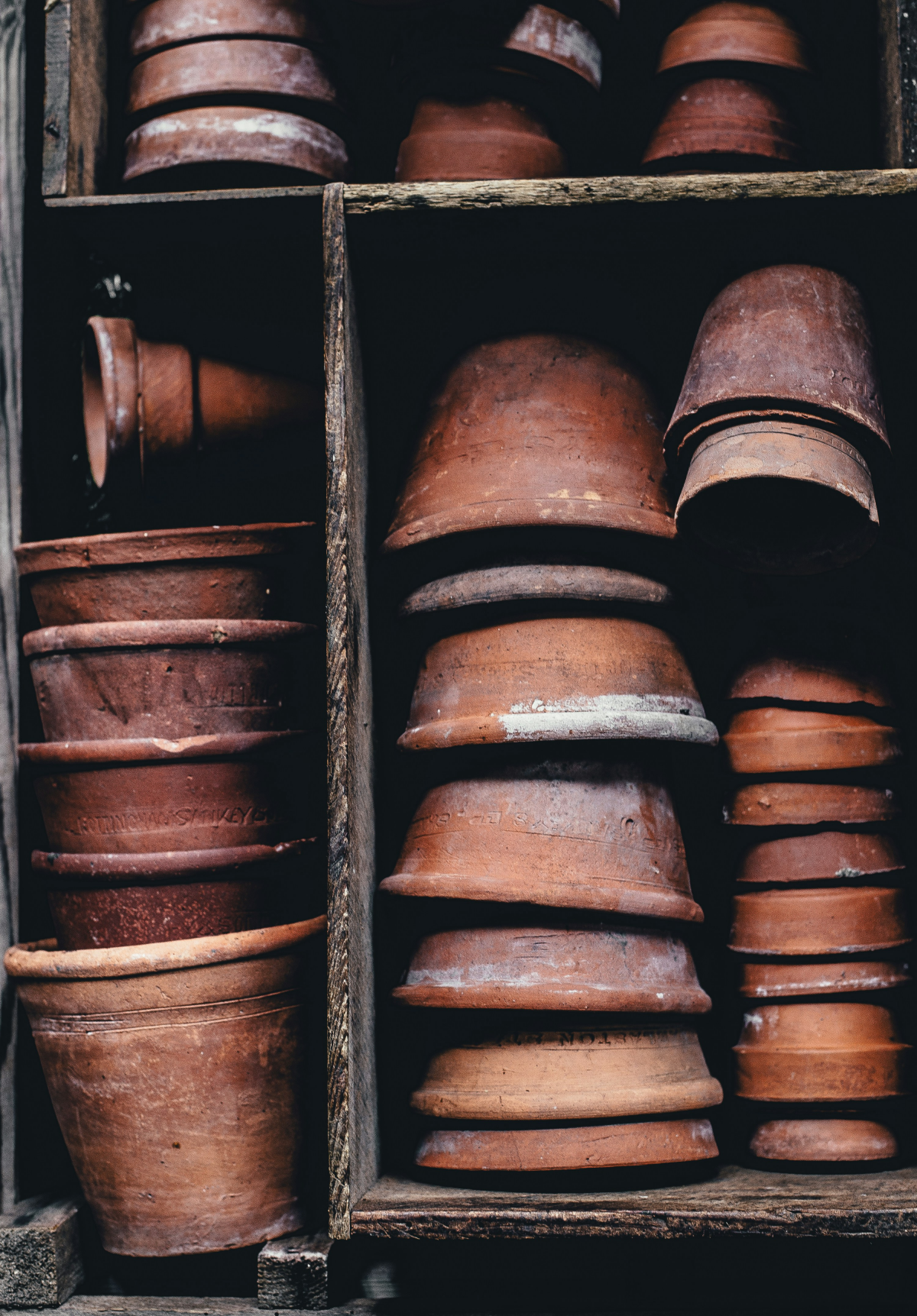
Pots, Repotting, and Giving Roots Some Space
First rule of pots: drainage holes are non-negotiable. Always. As for material, terracotta is great for people who tend to overwater, as the clay is porous and helps the soil dry out faster. Plastic or glazed ceramic pots hold moisture longer, which can be helpful if you live somewhere dry or tend to forget to water.
Only repot when the plant is root-bound (when the roots are a tangled, dense mat at the bottom of the pot). Moving to a pot that’s too big is a common mistake; all that extra soil holds too much water and can lead to, you guessed it, root rot. When you do repot, only go up 1-2 inches in pot diameter.
Keeping it Tropical: Humidity & Temperature
These plants are tropical, so they love warmth and humidity. They’re happiest between 65-85°F (about 18-29°C). Keep them away from cold drafts and direct blasts from heating vents. The crispy, brown edges on those white leaf parts? That’s usually a cry for more humidity.
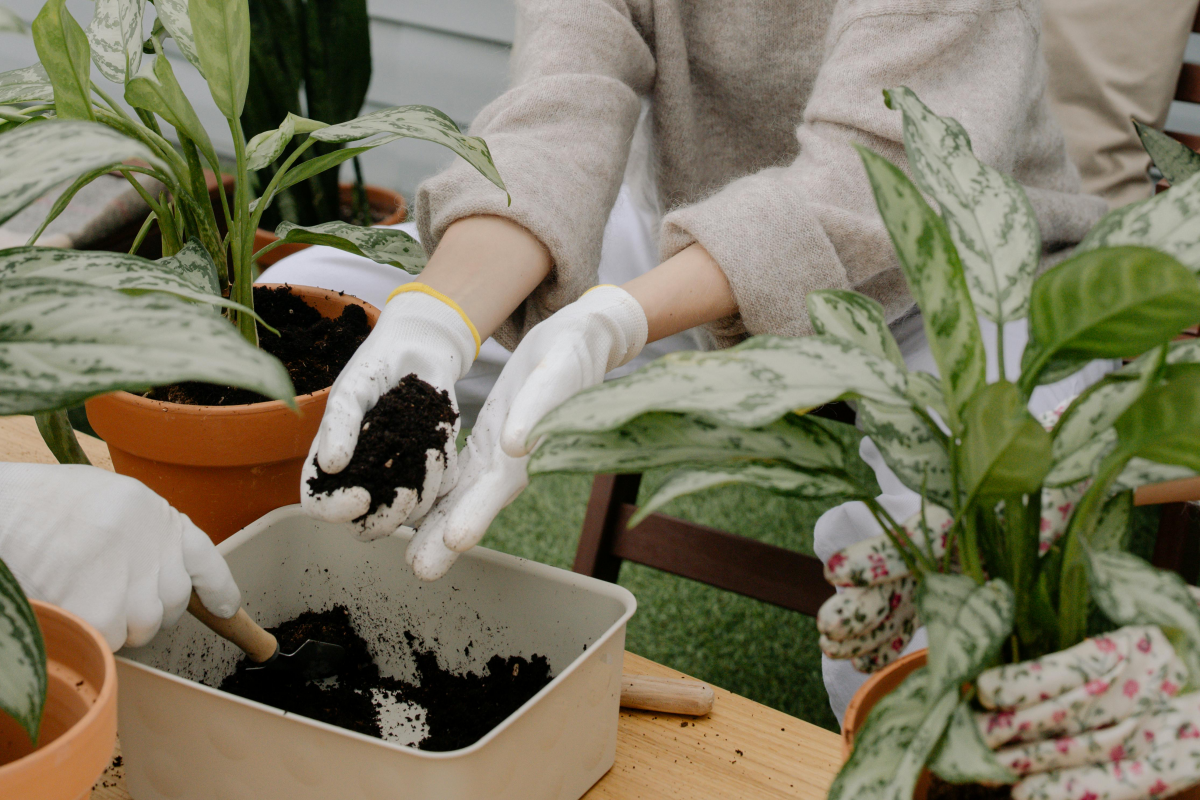
You can group plants together or use a pebble tray, but honestly, the best solution is a small room humidifier. Setting one to 50-60% humidity nearby will make a massive difference for all your tropicals.
Feeding Your Plant (But Not Too Much)
Manjulas are not heavy feeders. During the spring and summer growing season, a standard balanced liquid houseplant fertilizer is all you need. The most important tip: dilute it to half the strength recommended on the bottle. Full-strength fertilizer can burn the roots. Feed it once every 4-6 weeks, and only after you’ve already watered the plant. In fall and winter, back off to once every couple of months, or stop altogether.
Pruning for a Fuller Look
If you just let a Manjula grow, it’ll eventually get long and stringy. Pruning is the key to a full, bushy plant. It encourages branching! Just use some clean scissors and snip a vine right after a leaf. Don’t be shy. This also helps you control its size and shape.
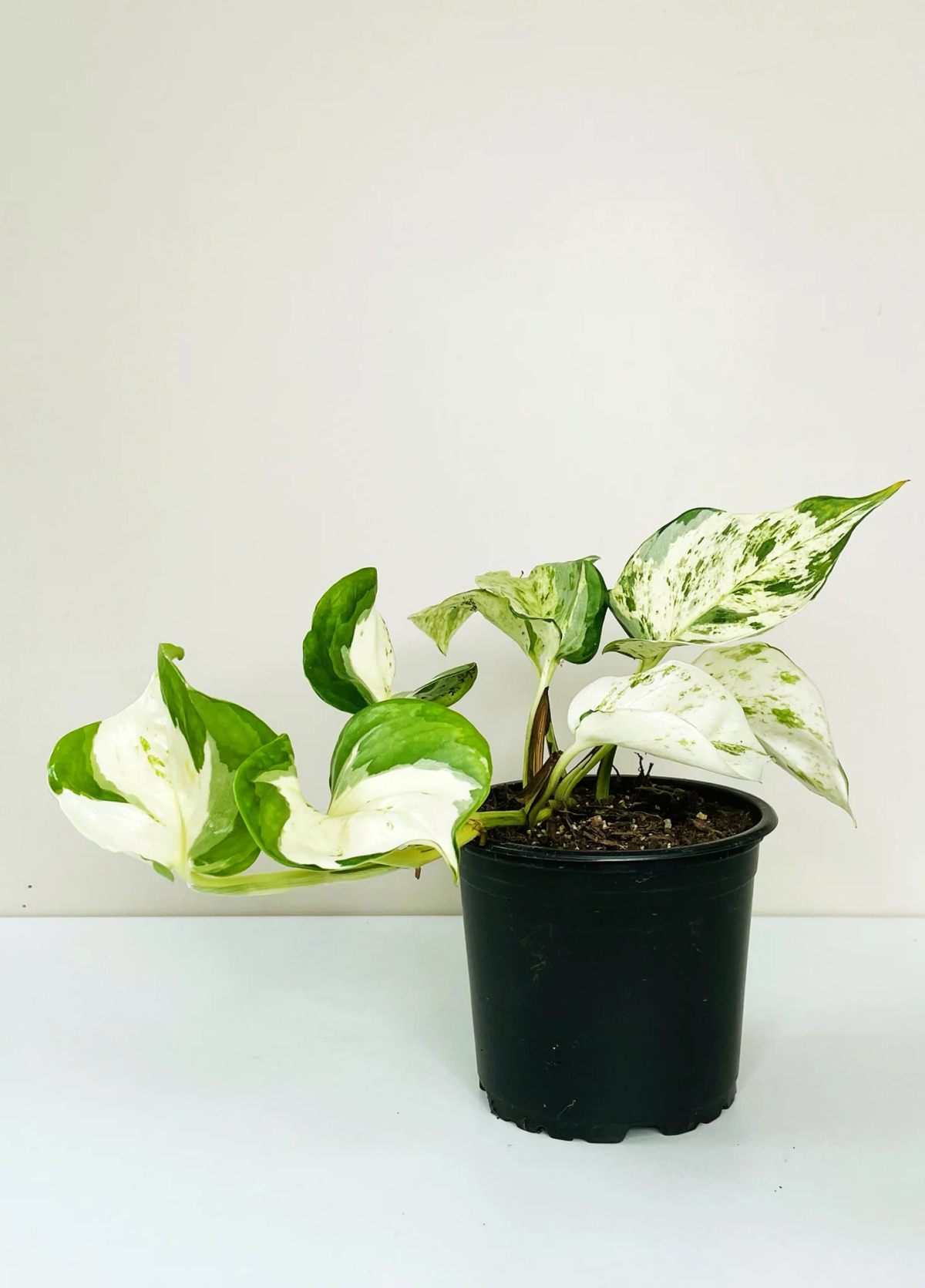
And don’t throw those cuttings away! It’s super easy to make more plants. Just snip a piece of vine with 2-3 leaves, pull off the lowest leaf, and stick that bare node (the bump on the stem) in a glass of water. In a few weeks, you’ll see roots, and once they’re an inch or two long, you can plant it in soil.
Troubleshooting Common Issues
Even with great care, things happen. Here’s a quick cheat sheet:
- Yellow Leaves: Almost always means overwatering. Let that soil dry out completely.
- Brown, Crispy Edges: Usually low humidity, but can also be a sign of mineral buildup from tap water. Try using filtered water or increasing humidity.
- Limp, Droopy Leaves: This one’s tricky—it can be from both overwatering OR underwatering. So, feel the soil! If it’s bone dry, give it a drink. If it’s sopping wet, the roots are likely rotting and can’t absorb water. If that’s the case, you need to act fast. Gently slide the plant out of its pot. You can even lay the root ball on some newspaper for a few hours to help it air out before repotting in fresh, drier soil. It’s a bit of plant CPR, but it can work!
- Leggy Growth: This means long, bare-looking stems with small leaves spaced far apart. It’s screaming for more light. Move it to a brighter spot.
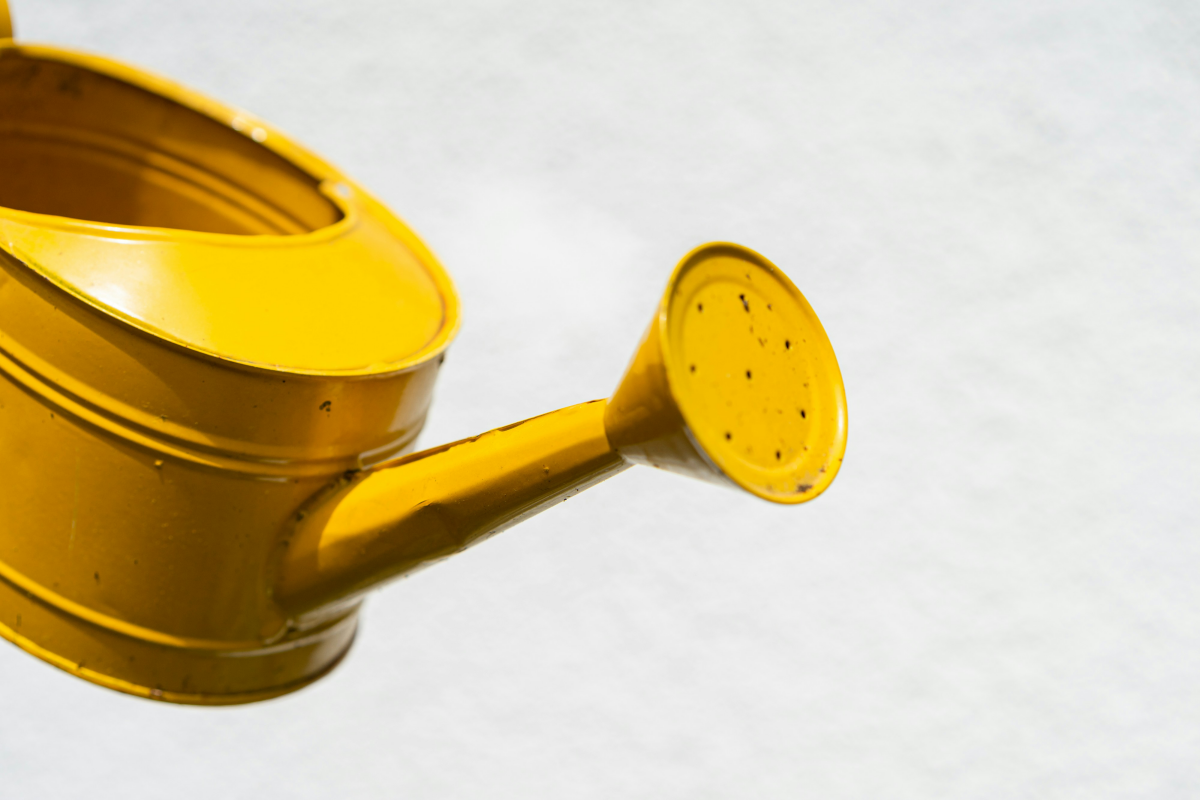
A Quick Word on Pests
Manjulas are pretty pest-resistant, but keep an eye out for mealybugs (little white cottony specks) and spider mites (fine webbing on the undersides of leaves). For a minor issue, a cotton swab dipped in rubbing alcohol will do the trick. For a bigger problem, mix a teaspoon of mild dish soap into a liter of water and spray the whole plant down every few days until they’re gone.
Heads Up: A Necessary Safety Warning
This is important: all pothos plants, including this beauty, are toxic if chewed on by pets or people. They contain crystals that cause immediate irritation, pain, and swelling in the mouth and throat. It’s rarely fatal, but it’s very unpleasant. So please, keep your gorgeous Manjula out of reach of curious cats, dogs, and small children. If you think your pet or child has ingested some, call your vet or a poison control center right away.
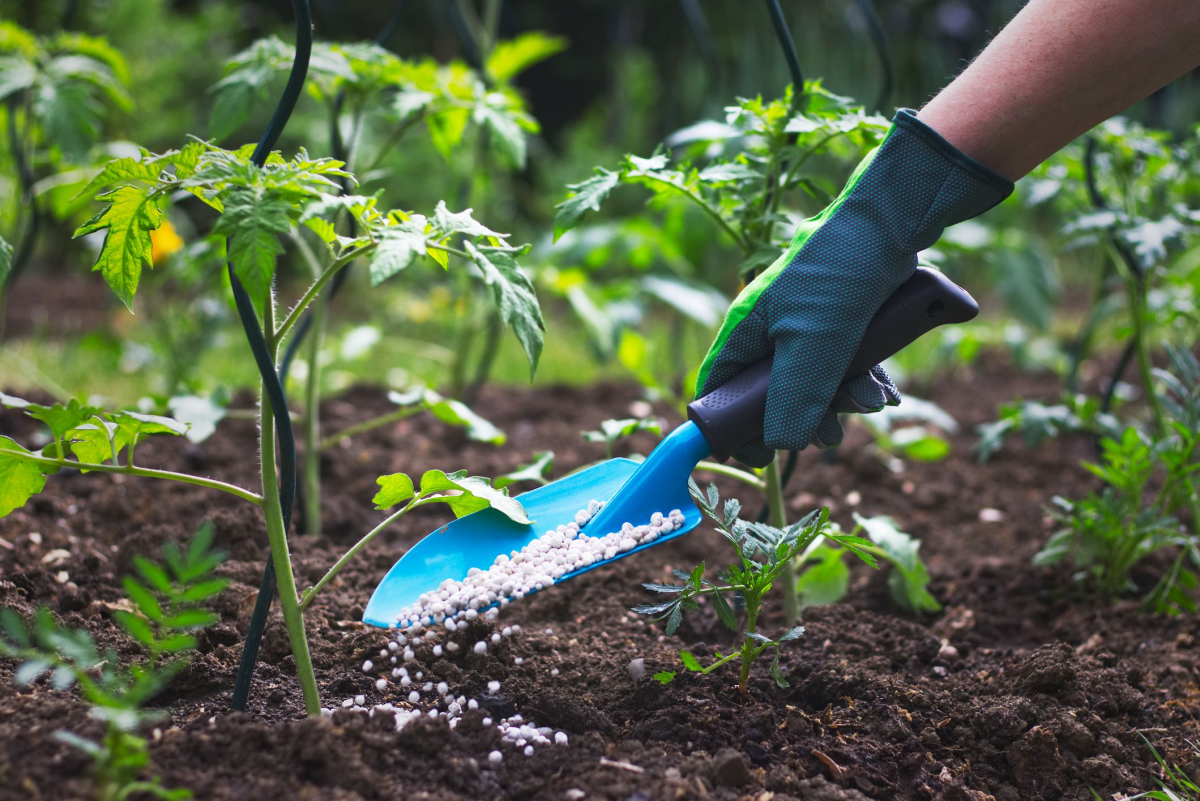
Caring for a Manjula Pothos is incredibly rewarding. It teaches you to really pay attention to your plant, and it pays you back with every single new, beautifully painted leaf. Enjoy the process!
Galerie d’inspiration
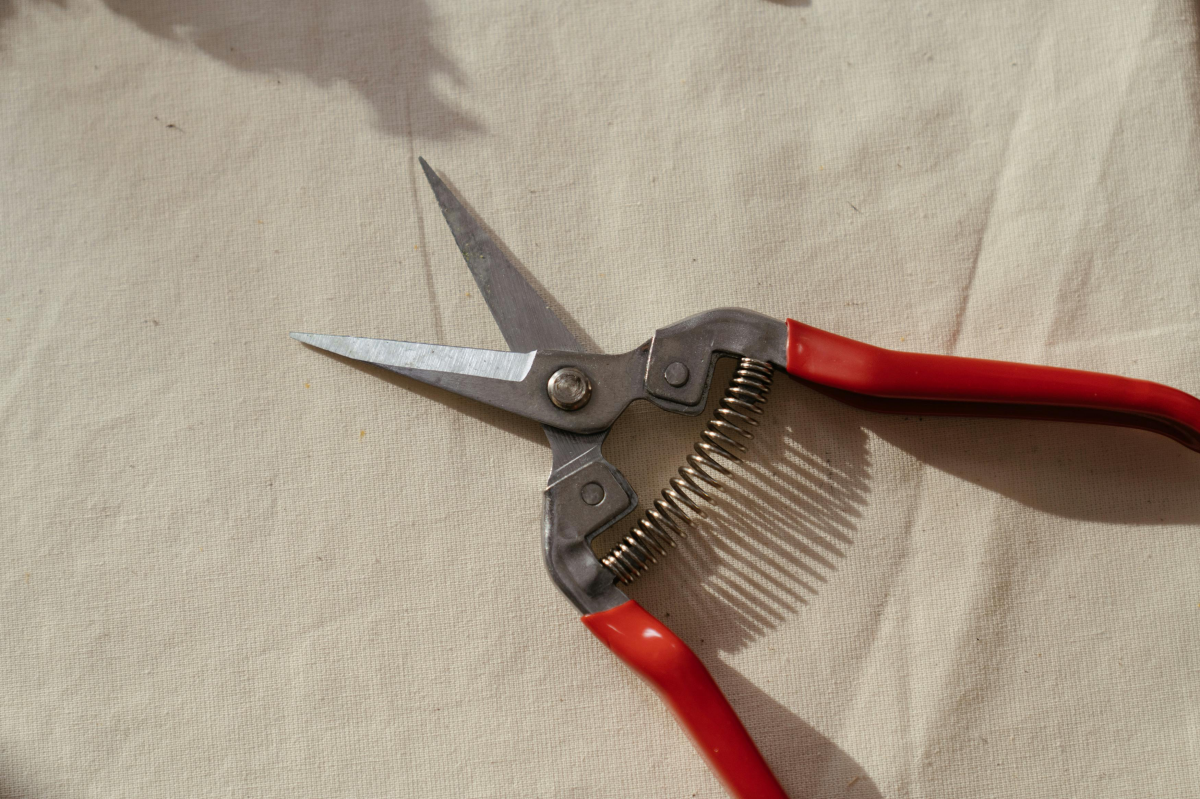
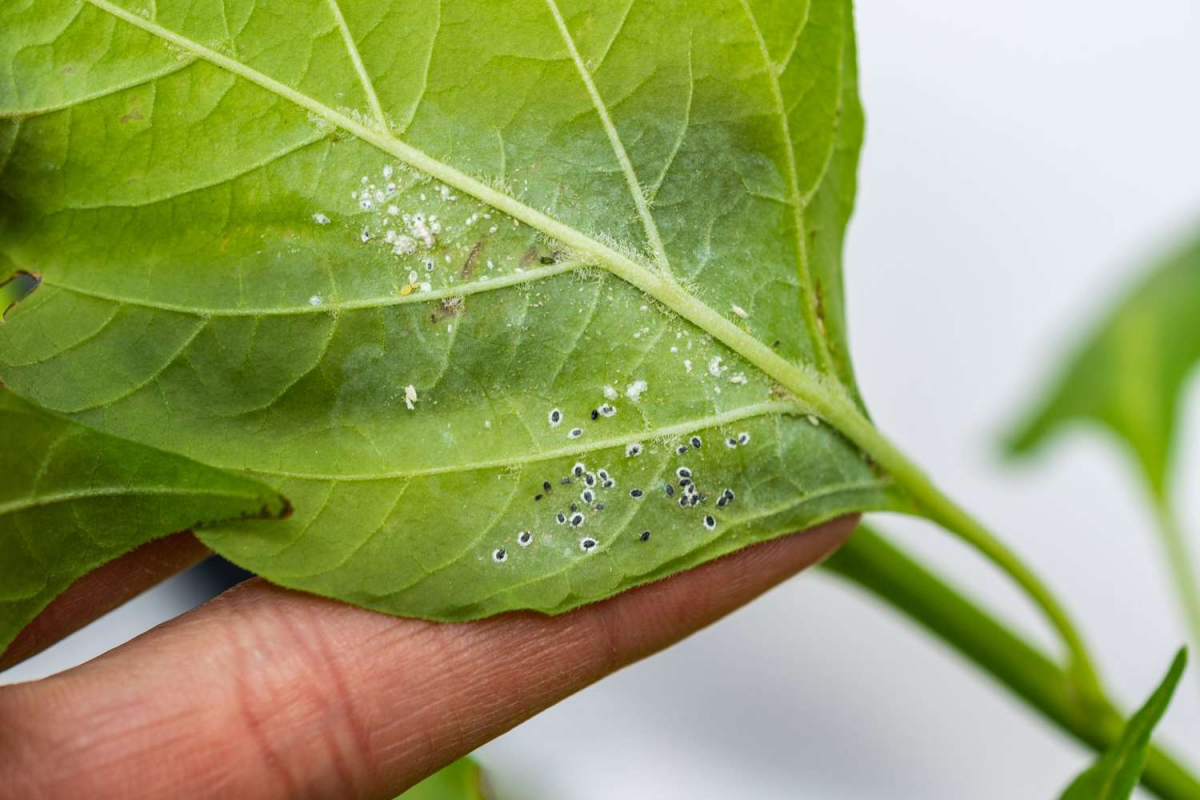
Overzealous with the watering can? Look for yellowing leaves (especially lower ones) and soft, mushy stems at the base. This signals root rot, a Manjula’s worst enemy.
Forgot to water? The leaves will dramatically droop and feel soft and limp. The edges might also start to curl inwards. Thankfully, a thorough drink will usually have it perky again in a few hours.
The key is to let the top 2-3 inches of soil dry out completely before watering again.
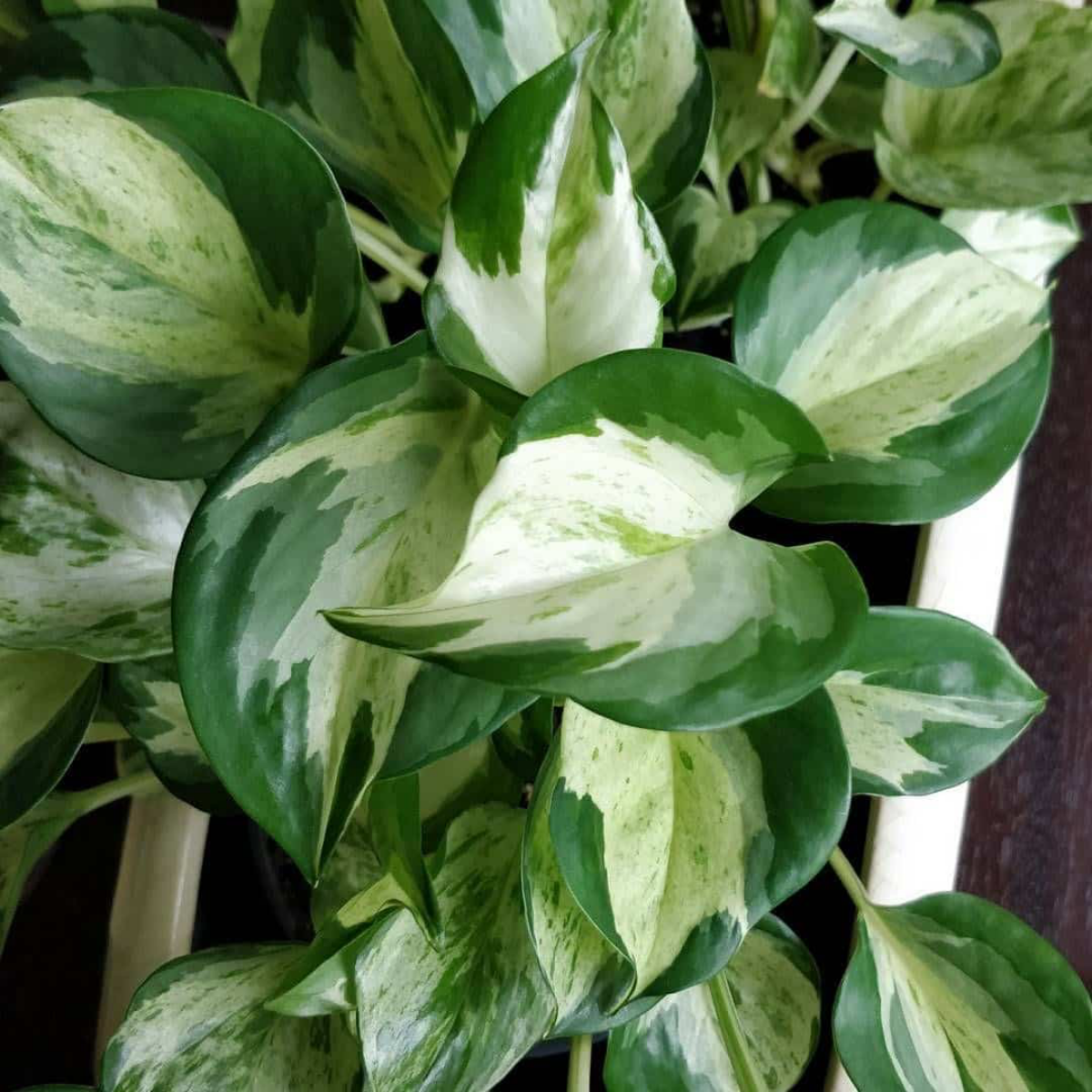
The Manjula Pothos is a patented cultivar developed at the University of Florida, officially described in its 2009 patent as having “large, wide, heart-shaped leaves with wavy margins.”
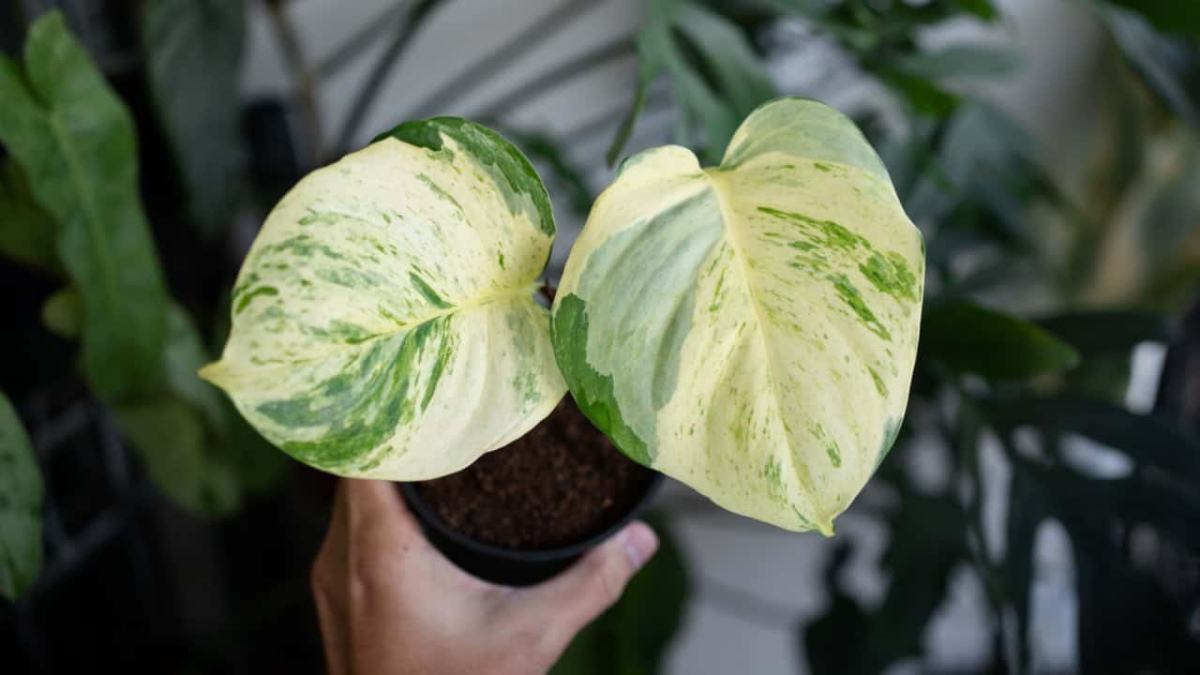
Seeing tiny, sticky cotton balls hiding under leaves or in stem crevices?
You’re likely dealing with mealybugs, a common pest attracted to new growth. Don’t panic. For a small infestation, dip a cotton swab in 70% isopropyl alcohol and dab each bug to remove it instantly. For a more widespread issue, follow up by spraying the entire plant with a ready-to-use insecticidal soap, like Bonide’s, ensuring you cover the undersides of the leaves. Check again every few days to catch any stragglers.
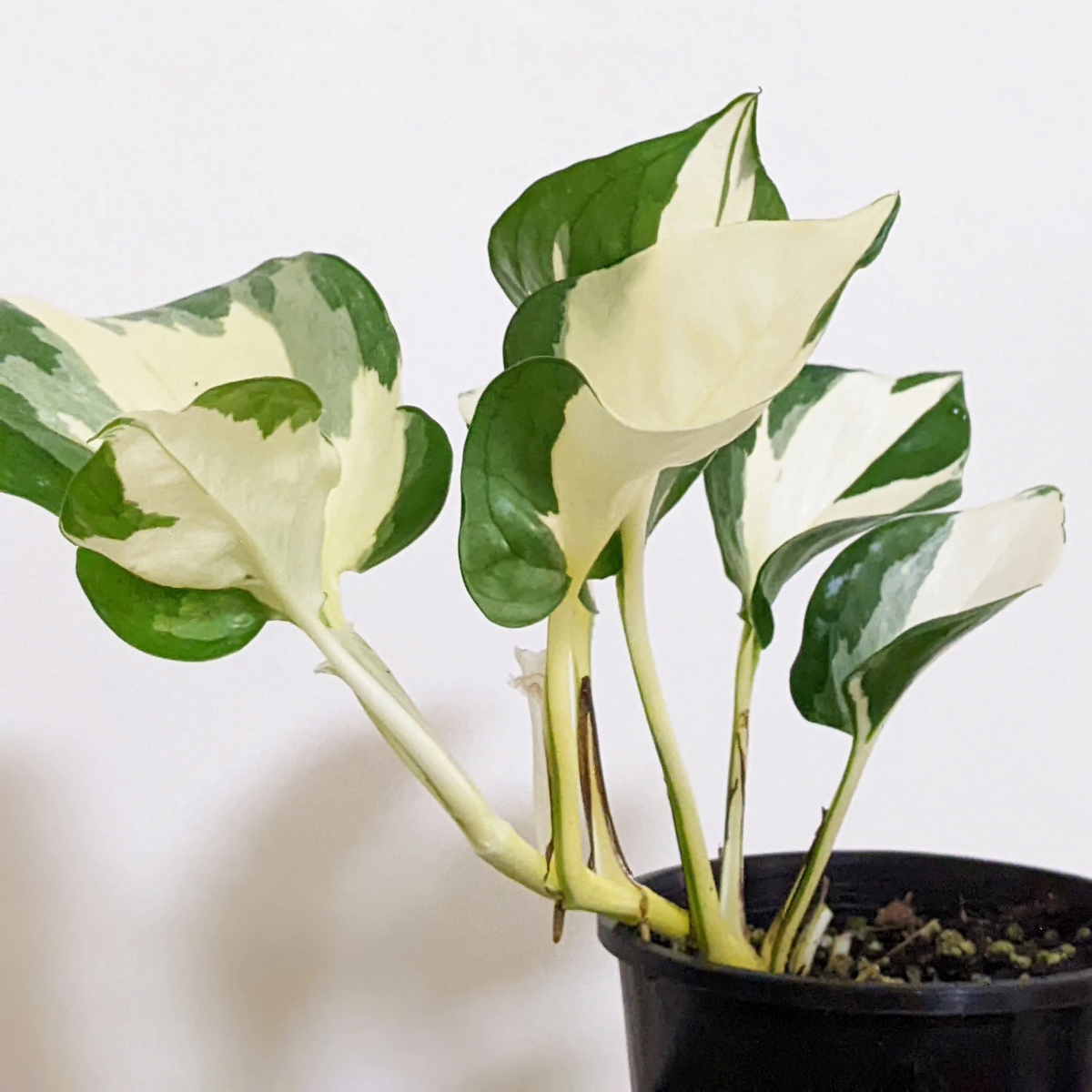
The creamy-white and mint-green variegation of the Manjula truly pops against dark, contrasting colors. To make it a living art piece, consider potting it in a simple matte black or deep charcoal ceramic pot. The lack of gloss on the pot allows the natural, subtle sheen of the waxy leaves to take center stage. Placed on a high bookshelf or in a macrame hanger, its unique, wavy leaves can cascade freely, creating a stunning visual effect.
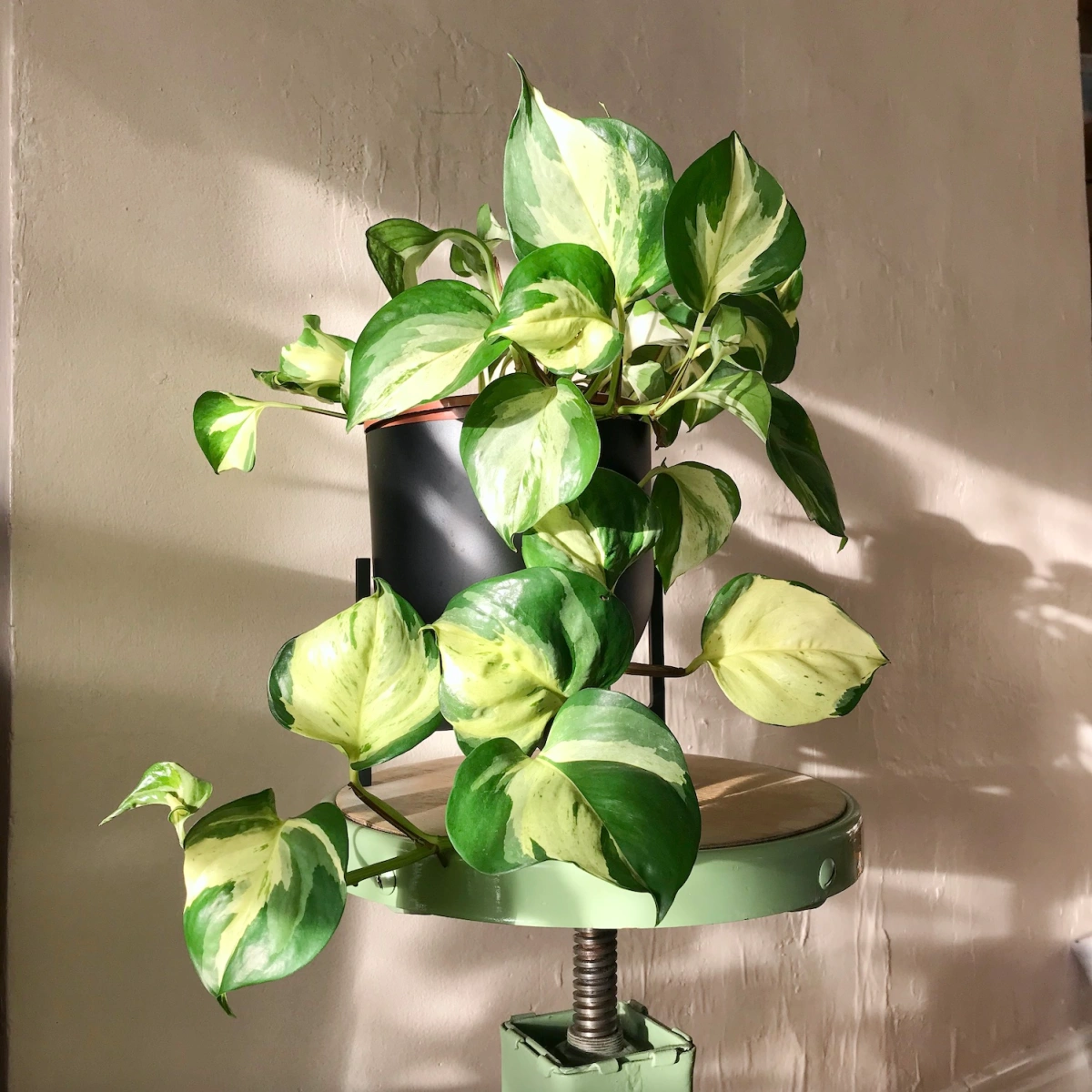
- Create a bushier, fuller plant right from the pot.
- Prevent long, leafless “leggy” vines.
- Provide cuttings to propagate and share.
The secret is strategic pruning. Don’t be afraid to trim back the longest vines every few months using clean shears, like a small pair from Fiskars. Each cut, made just after a leaf node, encourages the plant to branch out, resulting in a dense and lush appearance rather than a few sparse strands.
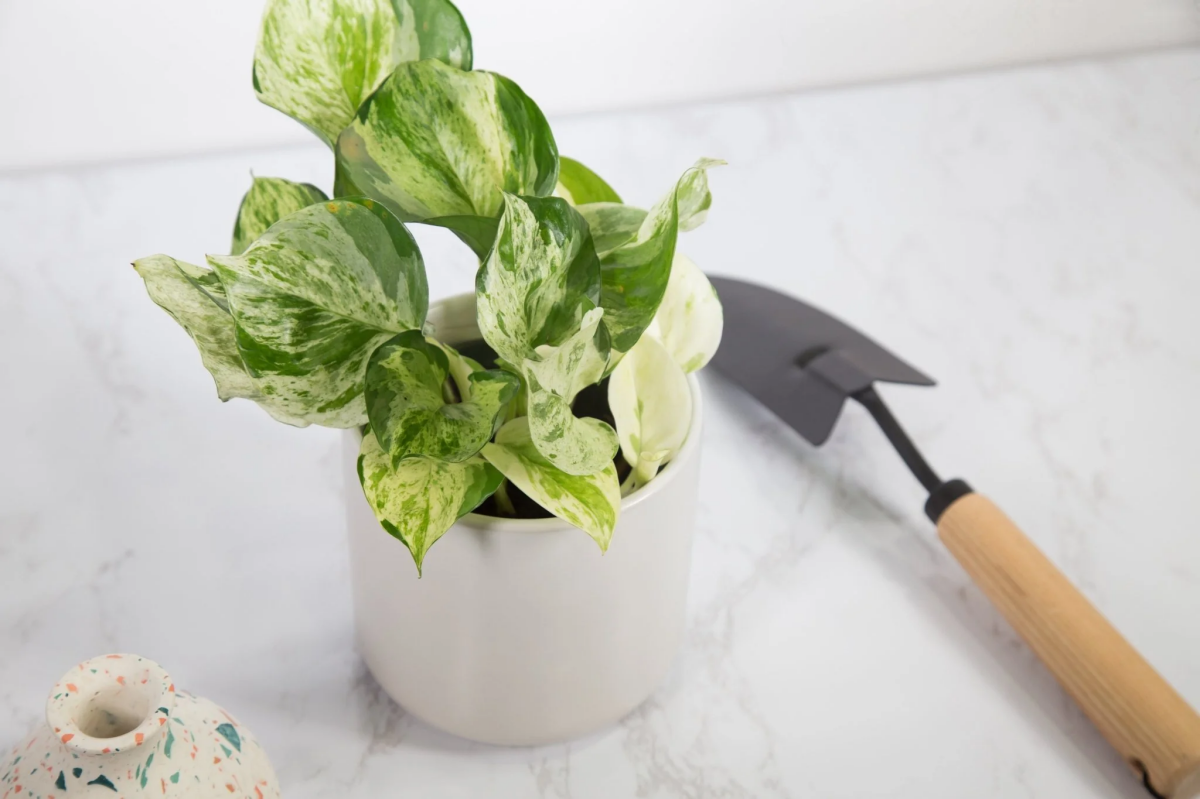
A single cutting with just one leaf and a node can grow into a completely new plant.
Propagating a Manjula is incredibly rewarding. Simply snip a piece of vine, ensuring your cutting has at least one node (the small brown bump where the leaf meets the stem). Place the cutting in a glass of water, making sure the node is submerged. Within a few weeks, you’ll see white roots begin to sprout. Once they’re an inch or two long, you can plant your new Manjula in soil.
The right foundation is everything: Your Manjula Pothos needs a soil mix that drains well to prevent root rot. Avoid dense, heavy garden soils. A perfect, airy mix can be made by combining one part quality indoor potting soil (like FoxFarm Ocean Forest), one part perlite for aeration, and one part orchid bark for chunkiness and drainage. This blend mimics the natural environment where epiphytes thrive.










